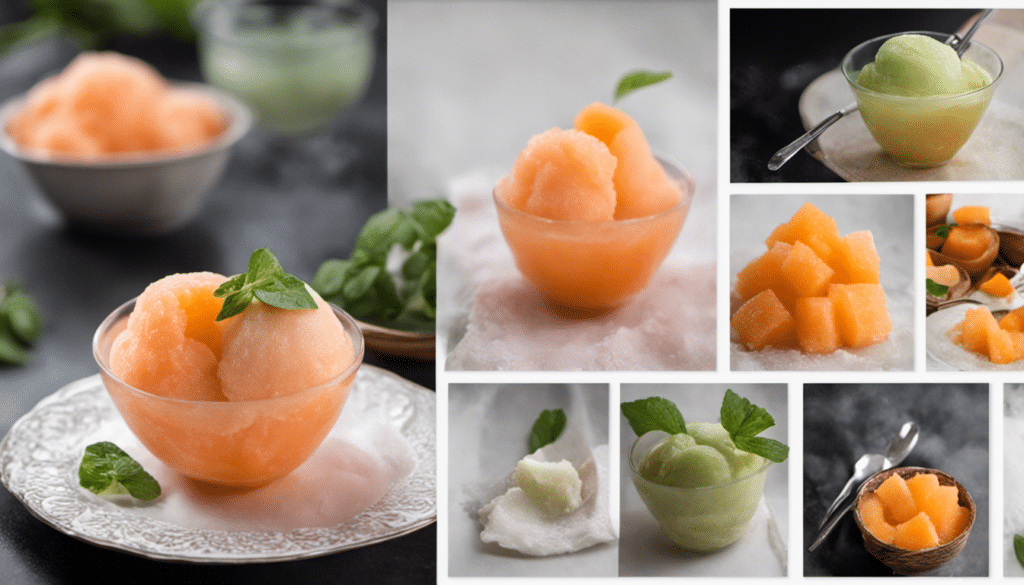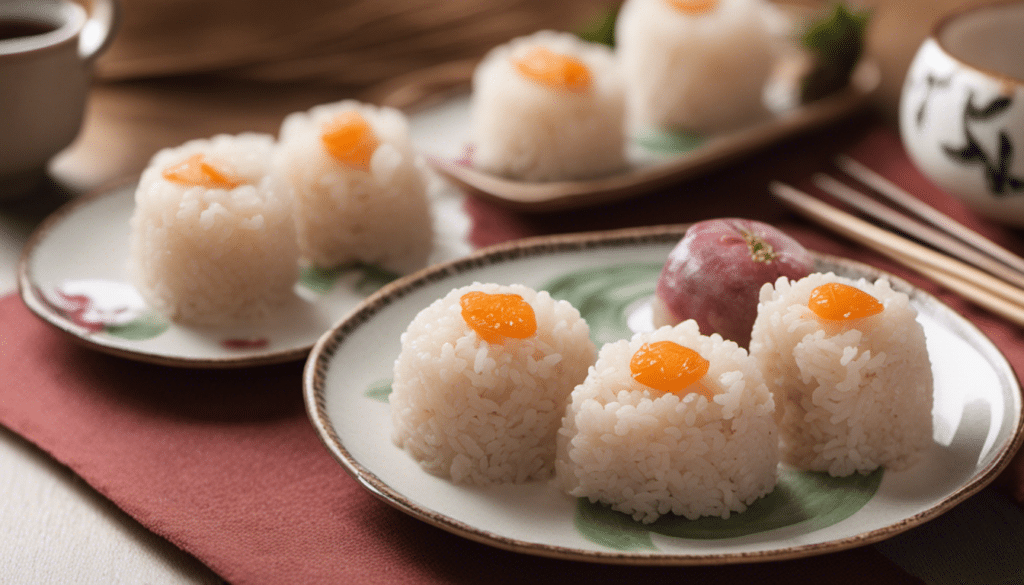| Prep: 1 hr | Cook: 2 hrs | Difficulty: Intermediate | Serves: 6 |
| kcal | fat | saturates | carbs |
| 700 | 1.5g | 0.3g | 176g |
| sugars | fibre | protein | salt |
| 164g | 6g | 2g | 0.01g |
Growing up near the sea, the common thread in most of my beloved recipes is their savory, briny essence. But one recipe stands out in my repertoire as a sweet departure—Satsuma Marmalade. It’s a welcome infusion of citrus, a bright pop of flavor that’ll whisk you away to sunnier, vacation-mode climes with every spoonful.
As every food enthusiast will tell you, the very best meals are those that are not only a delight to the senses, but also nourish the body. This is where our Satsuma Marmalade steps into the limelight. Oranges, as you probably know, are fantastic sources of vitamin C, a crucial nutrient for supporting a healthy immune system. Plus, a dollop of this on your morning toast might just give you the energy boost you need to start your day right.
Homage to My East Coast Origins
Satsuma Marmalade, like any citrus-based preserve, shares a kinship with classic lemon curds and orange marmalades. Yet, personally, it reminds me of the tart cranberry sauce we traditionally serve on Thanksgiving. As a Maine resident, cranberries are an essential part of our culinary heritage, and the similarity tugs at my heartstrings. Placing a generous smudge of this marmalade onto a slice of freshly baked bread or as a glaze on your Sunday roast provides a fresh twist on traditional New England flavors.
An Ode to Our Beloved Satsuma Oranges
Satsuma oranges are a citrus varietal that is less tart than other citrus fruits. This makes them perfect for a cheerful marmalade that isn’t too overpowering. Originating from Japan, Satsuma oranges have a thin, easy-to-peel skin and are typically seedless, which makes them a joy to work with.
What I love about this marmalade—isn’t just the heavenly taste—it’s also the process itself. The way the kitchen is filled with a zesty aroma as the oranges simmer, the satisfying process of ladling the golden preserve into jars, and the anticipation of that first taste as the mixture cools. The journey is as wonderful as the destination; a sentiment my daughters Erin and Samantha love to share with me during our kitchen escapades.
Learning about the history of Satsuma oranges while making this delightful marmalade has become a cherished tradition, tying us inextricably to the stories of food, culture, and geography that make up our world.
This Satsuma Marmalade recipe—though a divergence from my typical seafood fare—is a bright, zesty treasure passed down in our family. And I look forward to sharing thousands of other recipes that, like this one, surprise and delight the palate, and weave stories of heritage, health, and love on a global culinary canvas.
What You’ll Need
- 3 pounds of Satsuma oranges
- 2 lemons
- 6 cups of granulated sugar
- 4 cups of water
- 1/2 teaspoon of butter
- 1 pouch of liquid fruit pectin (3 ounces)
Method
Step One
Begin by washing the Satsuma oranges and lemons thoroughly. Cut the fruits into thin slices while removing any seeds you come across.
Step Two
In a large pot, combine the sliced fruits with 4 cups of water. Simmer the mixture over medium heat for about 20 minutes till the fruit skin becomes tender.
Step Three
Add granulated sugar and butter to the pot, stirring consistently to prevent the sugar from sticking to the bottom. Continue stirring until the sugar is completely dissolved.
Step Four
Once the sugar is dissolved, increase the heat and bring the mixture to a rolling boil. Continue stirring to ensure the mixture does not burn.
Step Five
At this point, pour in the liquid fruit pectin and continue to stir. Let the mixture maintain a hard boil for about a minute before turning off the heat.
Step Six
Spoon the hot mixture into sterile jars leaving a 1/4 inch gap at the top. Ensure you put on a pair of gloves to avoid any burns. Close the lid tightly and let them cool at room temperature.
Step Seven
After the jars have cooled, check the seals to make sure they’re tight. Any unsealed jars should be refrigerated and consumed within a month. The sealed jars can be stored in a cool, dark place and will be good for up to a year.



